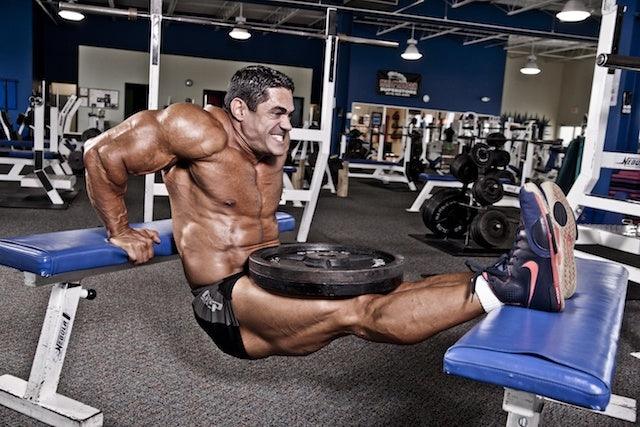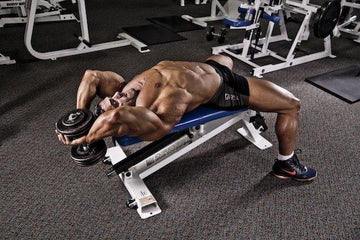

Stretching the Opposite Muscle Increases Repetitions Performed
Table of Contents
The latest research published in the Journal of Research in Sports Medicine reports that stretching between sets increases the repetitions performed.
Stretching the Opposite Muscle Increases Repetitions Performed
It’s not very often that you see people stretching in the gym these days. Most college sports have an active stretch period before exercise, but it’s rare to see a person stretching while exercising.
Just about every training book you read advocates stretching, but it’s rarely performed in the gym. Tom Platz who had some of the most muscular and strongest legs in bodybuilding was a huge advocate of stretching. The latest research published in the Journal of Research in Sports Medicine reports that stretching between sets increases the repetitions performed.
It’s undeniable that exercise is essential in boosting both physical and mental health. Still, despite the growing number of people taking up various kinds of fitness, surprisingly few have considered the importance of stretching, instead thinking of it as something done only by soccer players or athletes warming up. Researchers investigated the effects of antagonist passive static stretching (AS) or stretching the opposite muscle during the inter-set rest period on repetition performance and muscle activation.
Ten trained men participated in this study. Two protocols were adopted:
– Passive recovery –three sets to repetition failure were performed for the seated row (SR) with two-minute rest interval between sets without pre-exercise stretching.The subjects rested passively during the inter-set rest period.
–Antagonist passive static stretching –forty seconds of stretching was applied to pectoralis major prior to each set of seated row. A researcher applied a passive stretch to the pectoralis major muscles for 40 seconds during the inter-set rest period.
The researchers found that passive stretching of the antagonist muscles during the seated row exercise led to a significant increase in the number of repetitions performed as well as increased muscle activity of the latissimus dorsi and biceps brachii muscles.
At the end of the study, significant increase in the number of repetitions were noted under antagonist passive static stretching compared with no stretching. The increase in repetitions in each set led to a greater overall training volume being performed in the condition that involved passive stretching of the antagonist muscles. Significant increases on latissimus dorsi and biceps brachii muscle activity were noted inter-sets under the antagonist passive static stretching compared with the no stretching condition.
Therefore, the antagonist passive static stretching adopted during the inter-set rest period may enhance repetition performance and activation of agonist muscles in an acute manner. The key finding of the study is to stretch the opposite muscle trained during exercise for an increase in the amount of repetitions performed.
Miranda H, Maia Mde F, Paz GA, Costa PB. Acute effects of antagonist static stretching in the inter-set rest period on repetition performance and muscle activation. Res Sports Med. 2015;23(1):37-50.
MUSCLE MEDIA MAGAZINE FOR MEN
THE ALTERNATIVE TRAINING ISSUE

















